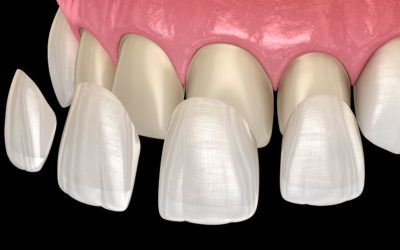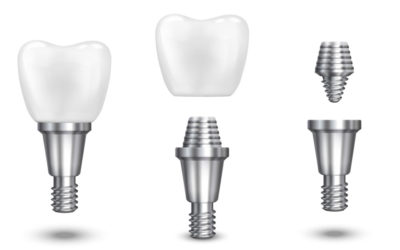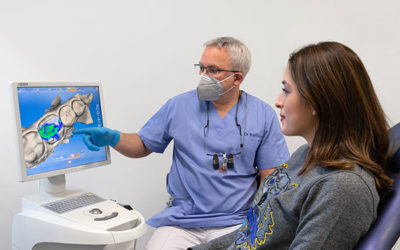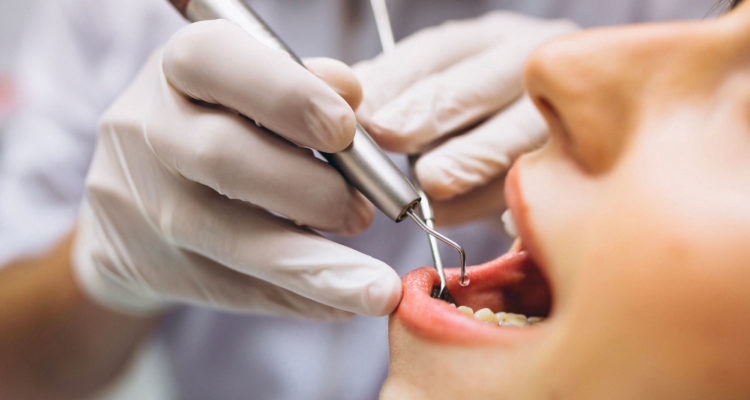
Stress and bruxism: how can stress management save your teeth?
We hear more and more about bruxism, the phenomenon that causes us to clench or grind our teeth. Yet few people realize just how close the link is between stress and bruxism. This parafunctional oral activity is more than just a reflex: it's often the result of jaw clenching linked to modern lifestyles. Let's find out together how to spot the signs, understand the causes and limit the consequences on oral health through better stress management.
Understanding bruxism and its symptoms
Bruxism is the involuntary grinding or clenching of teeth, usually outside normal chewing periods. These repetitive gestures, known as oral parafunctional activities, occur mainly during sleep, but also frequently during the day when there is tension.
For many people, this condition goes unnoticed for a long time, as it doesn't always cause any noise to alert those around them. Yet jaw clenching and teeth clenching can create a vicious circle, contributing to increased stress. Over time, this untreated situation leads to a variety of symptoms and dental complications.
What are the causes and symptoms of bruxism?
Countless studies point to one major cause of bruxism: psychological or emotional stress. But other factors also come into play, making diagnosis sometimes complex. Some people react to anxiety or daily pressure with oral parafunctional activity such as grinding or clenching their teeth.
Knowing how to recognize the signals sent by the body is essential to prevent harmful consequences. Sensations of pain or fatigue in the masticatory muscles, as well as jaw pain in the morning, are key indicators. Over the long term, tooth wear and even mobility are common symptoms of bruxism.
What are the warning signs?
The onset of jaw pain, increased sensitivity of the teeth to hot and cold, or persistent headaches should prompt consultation. Many people notice tooth wear, sometimes accompanied by small fractures or a visible reduction in the height of teeth, especially molars.
Professionals also observe a number of typical behaviours, such as excessive jaw clenching with forward projection of the lips, joint clicking and discomfort when opening the mouth. All of these elements are indicative of prolonged oral parafunctional activity.
How do you tell the difference between daytime and nocturnal bruxism?
Daytime bruxism occurs mainly during periods of chronic stress or intense concentration. It is accompanied by conscious or unconscious tensing of the jaw. This differs slightly from nocturnal bruxism, which occurs mainly during REM sleep, sometimes resulting in audible grinding noises.
Although the main cause of bruxism is stress, other circumstances can also amplify the phenomenon, such as sleep disorders, excessive caffeine consumption or the use of specific medications. By identifying the type of bruxism, we can adopt an appropriate approach to gradually reduce the intensity of symptoms.
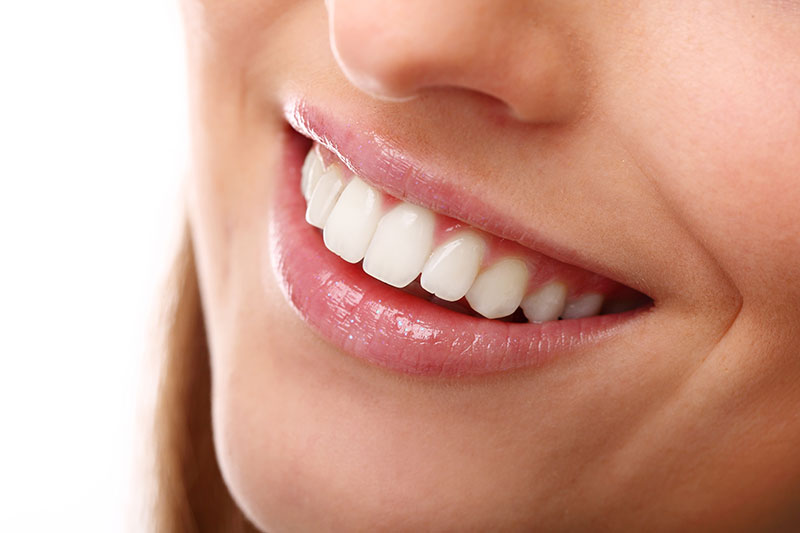
Stress management: a real solution for protecting your teeth
Prevention is largely based on active stress management. Practical solutions exist to limit and anticipate anxiety-related muscular reactions. A healthy lifestyle also goes a long way towards protecting teeth against mechanical wear and the pain associated with prolonged tension.
Recognized methods include deep relaxation, mindfulness meditation and regular yoga practice to promote overall muscle relaxation. These approaches offer a range of benefits, from reducing the frequency of teeth grinding to significantly improving sleep quality, thereby limiting oral parafunctional activity.
What other anti-stress techniques are effective?
Various mechanisms can break the chain triggered by stress:
- Avoid excessive consumption of stimulants (coffee, tea, energy drinks).
- Adopt a soothing routine before bedtime (warm bath, quiet reading).
- Use a sophrological or cognitive-behavioral approach to better manage negative emotions.
- Regular facial and mandibular stretching exercises to relieve jaw tension.
- Implement good sleep hygiene: fixed hours, a peaceful environment, limiting the use of screens in the evening.
The use of an occlusal splint prescribed by a dental surgeon also preserves dental integrity: it effectively protects against tooth wear while reducing the intensity of clenching. This device, combined with medical follow-up to manage jaw pain, greatly limits the physical consequences of bruxism.
Bruxism: what are the consequences if you don't treat it?
Failure to treat exposes the patient to a number of risks:
- Accelerated enamel wear leading to hypersensitivity or aesthetic problems.
- Chronic jaw pain, worsening headaches and muscle fatigue.
- Temporomandibular joint disorders, even risk of premature osteoarthritis in some subjects.
Complications increase with the extent of teeth grinding and clenching. Some people even develop deep fissures requiring costly prosthetic restorations.
Common questions about stress and bruxism
Is bruxism always linked to stress?
Stress is one of the main causes of bruxism, but not the only one. Certain sleep disorders, the use of stimulants and genetic factors also play a role in the development of oral parafunctional activity. However, keeping a close eye on stress levels helps to bring about a marked improvement in the vast majority of sufferers.
- Psychological factors: anxiety, emotional conflicts, overwork.
- Physiological component: neurological or metabolic disorders.
- External influences: coffee, drugs, addictions.
What are the simple ways to detect a bruxism problem?
Certain clues clearly indicate the presence of a clenching or grinding problem. Persistent jaw pain, noticeable or unusual tooth decay, and facial fatigue after waking up in the morning are all signs to look out for. A regular dental check-up facilitates early diagnosis and points the way to a suitable solution.
- Examine tooth surface condition (cracks, erosion, wear platforms).
- Ask people around you about any night-time noises.
- Evaluate the frequency of awakenings due to jaw pain.
Once bruxism has been diagnosed, which treatment is best?
In addition to stress management, fitting a resin night splint is an effective way of cushioning the force exerted on the teeth and relieving jaw pain. For people prone to intense episodes, a multidisciplinary approach combining dental care and relaxation techniques offers excellent results.
- First check-up with a dental surgeon.
- Application of relaxation or maxillofacial re-education solutions.
- Fitting a mouthpiece and adapting daily habits.
Discover also the Centre Dentaire Lancy and the Centre Dentaire Chêne-Bourg



